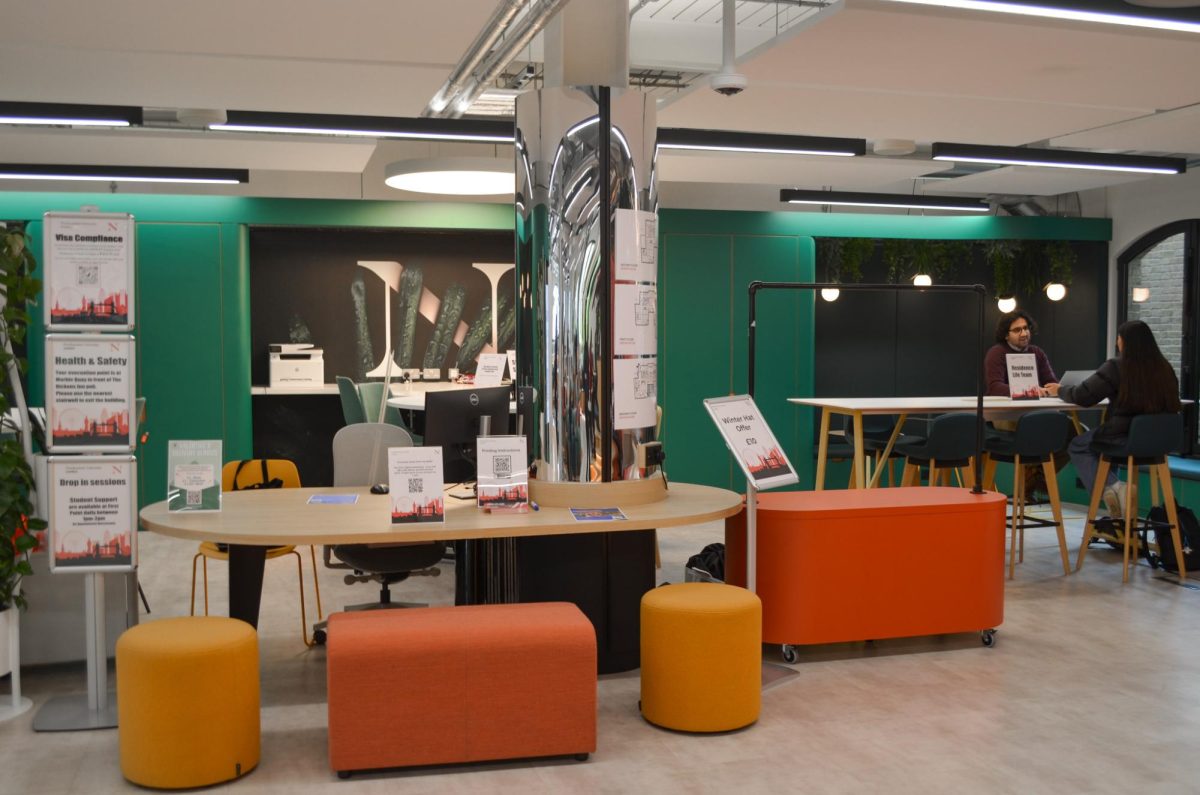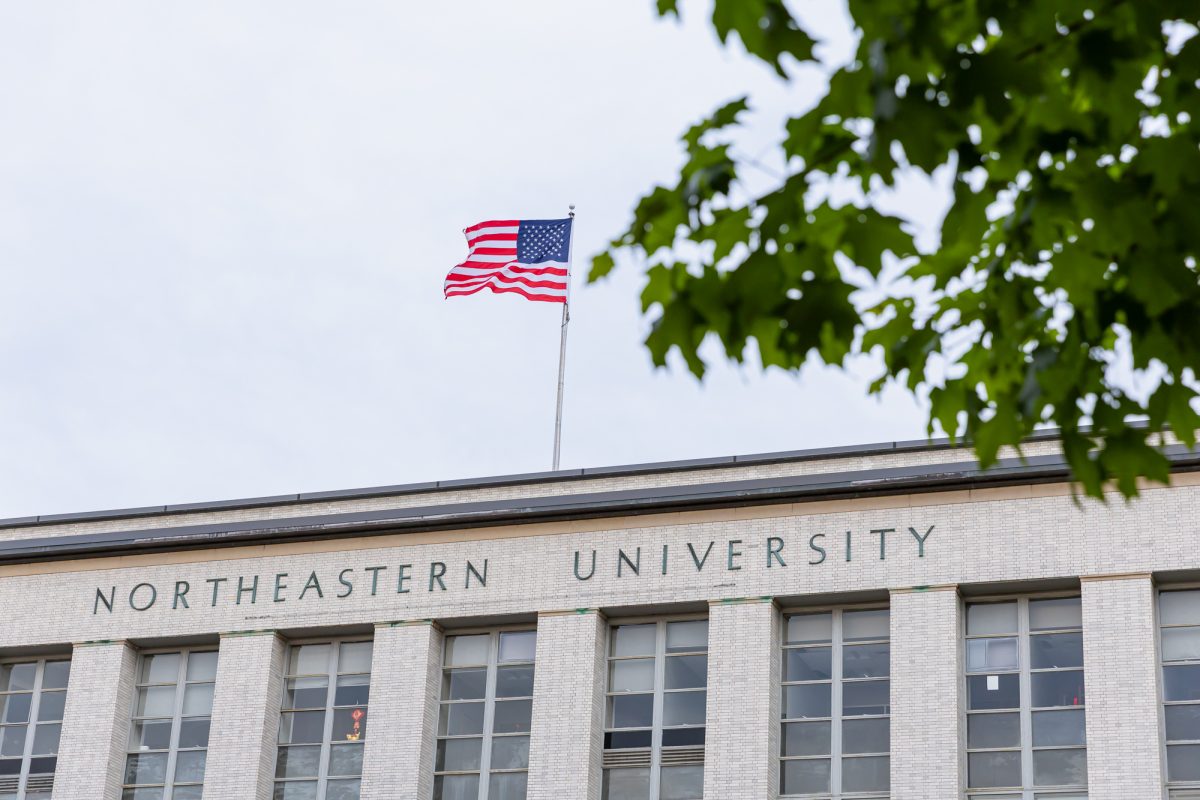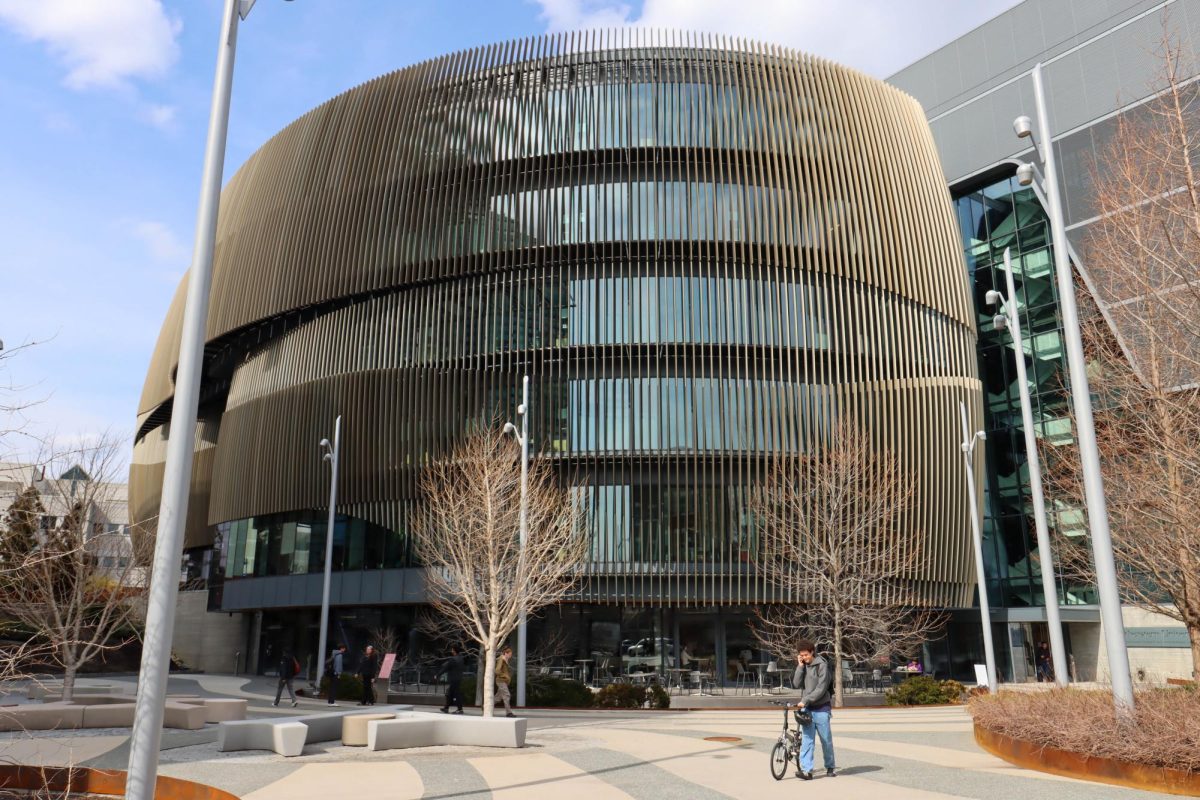
By Melanie Dostis, News Correspondent
Even though Northeastern’s proposed demolition of the Greater Boston YMCA gym site continues to stall as the university faces growing upheaval from community members, officials maintain the 17-story residence hall will be finished in 2013.
A 90-day delay issued in March by the Boston Landmarks Commission would have allowed for renovations to begin on June 7.
In accordance with a pledge made to city officials to house more students on campus, Northeastern University – backed by Phoenix Property Company with an investment of $75 million – intends to build a 17-story, 720-bed dormitory. Phoenix has an agreement to purchase the Hasting Wing and St. Botolph’s frontage from the YMCA for $21.5 million.
These renovations plans have yet to come to fruition as Northeastern currently faces two lawsuits filed in June. Both lawsuits claim that the Boston Zoning Commission (BZC) exceeded its authority in the approval of a Northeastern/YMCA residence hall.
However, Vice President of City Affairs John Tobin says all systems are go. Tobin is a former Boston City Councilor.
The planned residence hall will be 198 feet tall. Area zoning laws allow for a height of 90 feet.
“If successful here, it will be the first time in the history of Boston that a private developer is permitted to avoid local zoning by being included in a university’s footprint for a building not yet built,” community activist Calvin Arey said.
At the heart of both lawsuits is the knowledge that Northeastern is not obligated to purchase the residence hall. The Phoenix Property Co. will lease the building to the university, giving the school the option to buy in 15 years.

“It is generally agreed that the YMCA will eventually sell the building to the university and the neighborhood will end up with nothing,” said Richard Orareo, a Fenway resident.
Representatives of the Greater Boston YMCA did not comment.
Many residents of the neighborhood believe the university could have settled on a different space.
“The Gainsborough garage would be no big loss; they could build there,” said Dan Munson, a resident of St, Boloph, the closest neighborhood to the YMCA. “It looks like a land grab by Northeastern to expand their footprint,” he added.
Despite lawsuits and opposition, the university still hopes for a 2013 opening.
“We are going through all the channels we have to go through,” Tobin said. “There’s a lot to be done.”
Tobin compared the process to trying to separate two Siamese twins. He pointed to cables, sewers, and many other utilities that need to be taken care of.
“Once that’s completed, demolition will begin,” Tobin said.
In the meantime, the university has opened the Marino Center and the Barletta Natatorium in the Cabot Physical Education Center to aid all members experiencing lapse of services during the construction process.
The community however wants more, as is apparent in the petition started by the Save the Boston Y group, which now holds 1,200 signatures.
“The students will also lose because they are forced to live in a dormitory with above market rates,” Orareo said referencing Northeastern’s decision to require freshmen and sophomores to live on campus.
Despite significant opposition, many feel it is the only answer Northeastern has to fulfill it’s commitment made to the city over a decade ago. The school is approaching a tight deadline of December 31, 2012 for approval.
“It’s sad but I can understand. The university is looking for more dorm space, which is good for incoming students,” said middler Casey Knotts who currently finds her home on the 7th floor of the YMCA.
Middler Alexa Tegtmeier disagreed. Tegtmeier, a transfer student, has also made the YMCA 7th floor her new home.
“We’ve already taken up two of their floors,” she said citing the 6th and 7th floors of the YMCA that are currently housed by transfer students. “I don’t think this should happen. It’s bad for both sides and now we’re inviting them to use our resources.”
The problem remains that Northeastern needs to add 600 beds to fill the 1,800 quota; the construction of International Village added 1,200 beds.
Tobin called the situation a “win-win-win” for the school, for the surrounding neighborhood and the YMCA.
The YMCA will use the proceeds to construct a new state-of-the-art building. As for the neighborhood, housing units in Roxbury, Mission Hill, Fenway, Back Bay or the South End will become available to non-students.
“With every winner, there is a loser,” Orareo said. “Collectively, we have no voice.”
Members of Symphony United Neighbors, the Gainsborough Neighborhood Association the St. Botolph Association, as well as the Fenway Development Corporation have united in their efforts for landmark petitions.








